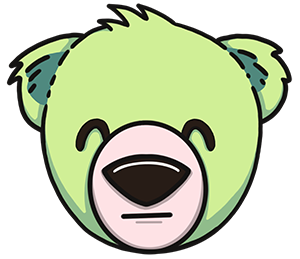Unveiling Autism Spectrum Disorder (ASD)
Autism Spectrum Disorder (ASD) is a complex neurological and developmental disorder that affects individuals' social interaction, communication, learning, and behavior. Although it can be diagnosed at any age, ASD is typically identified during the first two years of life, leading to its classification as a developmental disorder.
The origins of ASD are still being explored by scientists, with certain known genetic conditions contributing to a fraction of diagnosed cases. However, for the majority, the exact causes remain unknown. Individuals with ASD might not appear different from others at a glance, but they may communicate, interact, learn, and behave distinctly from their peers.

The Spectrum of ASD
ASD, true to its name, represents a broad spectrum of conditions. It encompasses a wide array of intellectual abilities, from gifted to severely challenged. The level of assistance required by individuals with ASD also varies, with some needing extensive daily support, while others require less.
Formerly separate diagnoses like autistic disorder, pervasive developmental disorder not otherwise specified (PDD-NOS), and Asperger syndrome are now all included within the umbrella of ASD.
Potential Early Indicators of ASD
Understanding and recognizing the early signs of ASD can be critical for intervention and support. Below are some potential indicators:
- Delayed response to their name by 12 months of age.
- Lack of interest in pointing at objects by 14 months.
- Preference for solitude and avoidance of eye contact.
- Difficulty in comprehending others' emotions or expressing their own.
- Delays in speech and language skills.
- Repetition of words or phrases.
- Unrelated responses to questions.
- Distress over minor changes.
- Obsessive interests.
- Physical behaviors such as hand flapping, body rocking, or spinning.
- Unusual reactions to sensory experiences.

Remember, early detection is vital, but these signs do not confirm an ASD diagnosis. If you notice any of these indicators in your child or a child you know, seeking a professional diagnosis is crucial.
At WeBearish, we believe in providing comprehensive information and support to foster understanding and acceptance of ASD. Visit the Centers for Disease Control for more resources on Autism Spectrum Disorder.


